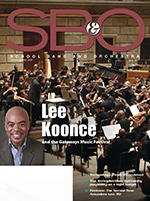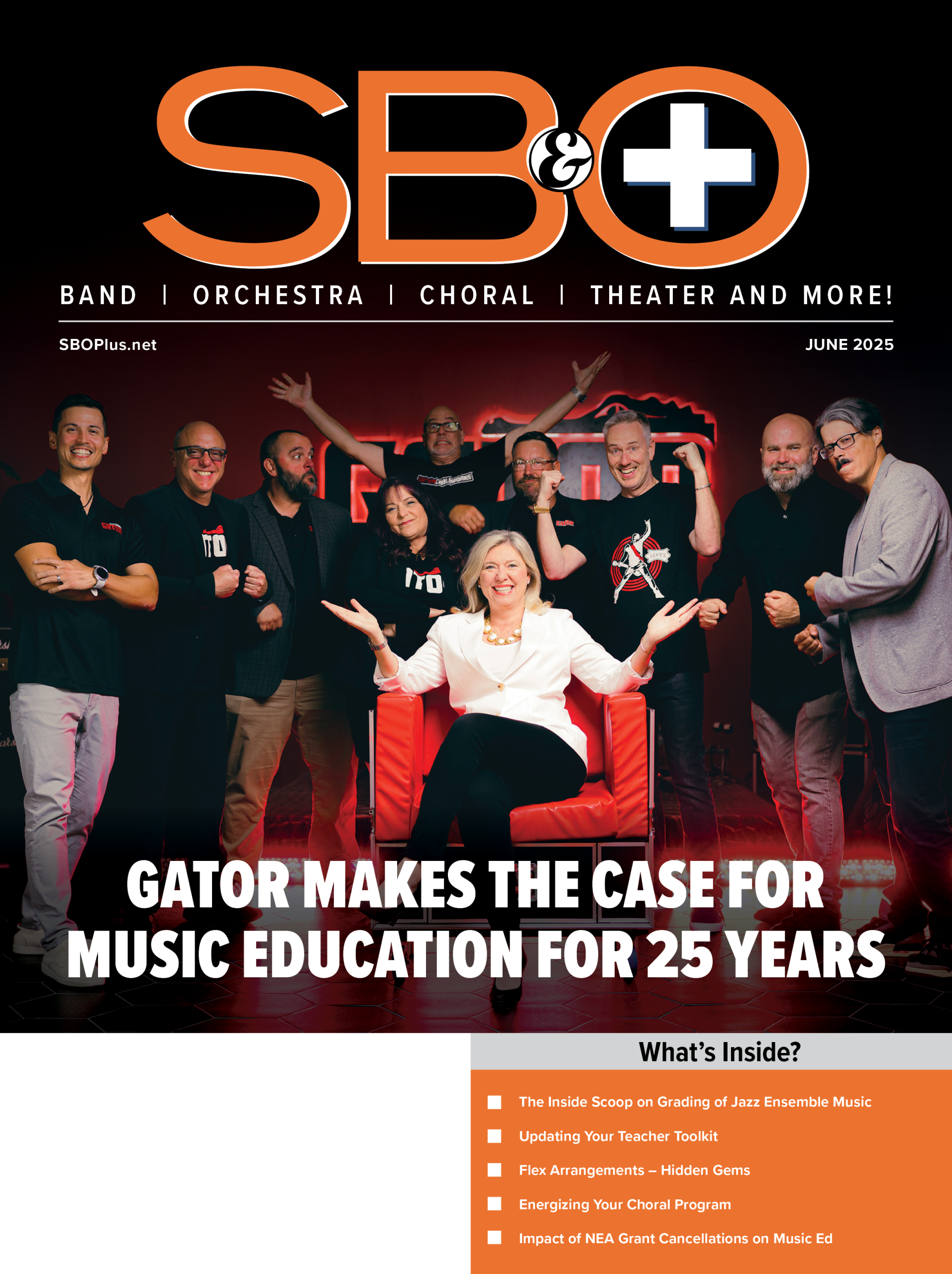“Capturing the sound of an instrument starts at the microphone. What’s happened with music and audio, both live and recorded, is similar to what’s happened with digital cameras. You can get something really cheap or almost free (iPhone) that will “do the job”. But if you want great quality photo’s you need a great lens. The camera body will change with technology but the lens is glass and that’s not something that changes with technology for the most part. It’s the same with sound equipment. The microphone remains as the most important tool to capture sound, and all the technology and digital processing comes later.” Doug Swan, National Sales Director for Audio Technica Microphones.
As Doug so eloquently points out, microphones are the initial input source for sound in an audio system or recording. A bad microphone is like a bad reed, no matter how great the instrument or player is, if the initial input source is inadequate the entire sound is compromised. While there are many brands and models of microphones available, this article will focus on the type of microphone needed for school applications.
The Dynamic Microphone
 Commonly referred to as a vocal or instrument microphone, a dynamic microphone captures sound using a magnet vibrating inside a coil. The Shure SM58 in Figure 1 is a very common example of a dynamic microphone, though there are many variations. These microphones are designed to pick up sound close to the input source and avoid unwanted sounds from on stage. Think of a singer: We want to amplify their voice but not capture the surrounding drums, guitars, or crowd noise. Therefore, dynamic microphones should not be used to record nor amplify groups or ensembles because they are not designed for that purpose.
Commonly referred to as a vocal or instrument microphone, a dynamic microphone captures sound using a magnet vibrating inside a coil. The Shure SM58 in Figure 1 is a very common example of a dynamic microphone, though there are many variations. These microphones are designed to pick up sound close to the input source and avoid unwanted sounds from on stage. Think of a singer: We want to amplify their voice but not capture the surrounding drums, guitars, or crowd noise. Therefore, dynamic microphones should not be used to record nor amplify groups or ensembles because they are not designed for that purpose.
Knowing how these microphones work and how they are designed, proper school applications include:
• Individual speaking to large crowds
• Vocal soloists
• Small choirs where every student can have their own microphone
• Jazz band saxophone section individuals
• Jazz indvidual soloists
• Guitar amp miking
• Drum set snare, toms, and hi hat
When working with dynamic microphones you should teach your students, and frankly anyone who holds it (including administrators), how to properly use the microphone. It should be held firmly in the middle and should be within six inches of the input source. If someone is too far away for a dynamic microphone, there is not much boosting you can do from the sound board without getting feedback. When handing a dynamic microphone to a parent or administrator to speak, just give them a quick “hold it close to your mouth” instruction, which will avoid those awkward moments of not being able to hear the speaker.
The Condenser Microphone
 The other main type of microphone is a condenser, which functions much differently than a dynamic. The condenser picks up sound through a sensitive, electrically charged plate in the capsule. This requires phantom power, which is a 48 volt signal sent from the sound board or recording interface to the microphone. Figure 2 shows an example of both large and small diagram condensers, the Audio-Technica 2020 and 2021, which are a great value for schools. The larger diagram microphones tend to sound a little warmer, while the smaller diaphragms are more sensitive.
The other main type of microphone is a condenser, which functions much differently than a dynamic. The condenser picks up sound through a sensitive, electrically charged plate in the capsule. This requires phantom power, which is a 48 volt signal sent from the sound board or recording interface to the microphone. Figure 2 shows an example of both large and small diagram condensers, the Audio-Technica 2020 and 2021, which are a great value for schools. The larger diagram microphones tend to sound a little warmer, while the smaller diaphragms are more sensitive.
Condenser mics are designed to pick up sound from further distances and are ideal for recording and amplifying large ensembles or groups of students. Common school uses include:
• Recording assessments and concerts
• Choirs or small groups of students
• Underneath mallet instruments in a marching band
• Drum set overheads
Because Condensers are so sensitive, they are much more prone to feedback. Make sure the speaker system is as far in front of the microphones as possible, and use EQ to cut out the resonate frequencies of the room.
USB Microphones
 For recording assessments, it is important to point out the convenience of a USB microphone. The Blue Snowball in Figure 3 is a great example. These are condenser microphones that get power for the USB port of a computer, and allow you to quickly record without an added recording interface. This is an ideal set up for assessment recordings but is not recommended for concerts.
For recording assessments, it is important to point out the convenience of a USB microphone. The Blue Snowball in Figure 3 is a great example. These are condenser microphones that get power for the USB port of a computer, and allow you to quickly record without an added recording interface. This is an ideal set up for assessment recordings but is not recommended for concerts.
Figure 3: Blue Snowball
Microphones are like instruments and each one has a different tone and quality. Once you identify the type of microphone you need, speak with your trusted retail sales associate for advice on price points and quality. Try to find a dealer who will let you hear the difference in some microphones so you can make the best decision. Most importantly, when you have invested in quality instruments and spent hours working on tone quality, do not sacrifice that with an improper or cheap microphone.





























